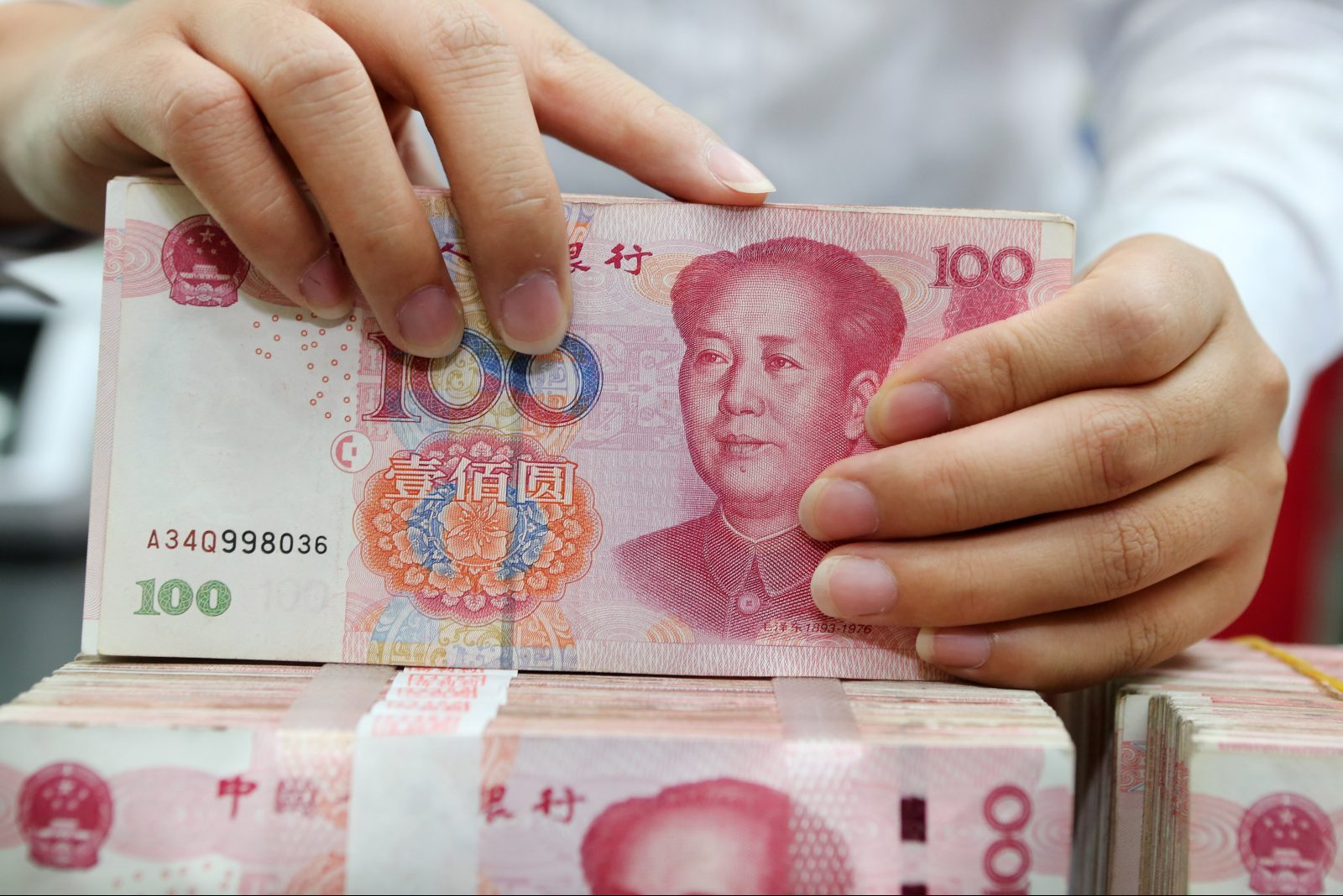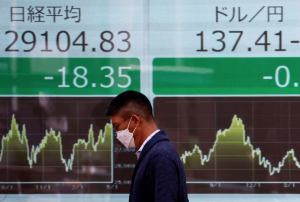(ATF) China has sold a record 6.1 trillion yuan ($904 billion) of local and recovery bonds this year in efforts to revive an economy hit hard by the coronavirus pandemic.
The Ministry of Finance (MOF) announced the data in its latest review of “countercyclical adjustment” measures, praising its own efforts to fight the downturn sparked by the scourge. It also set a new 6.6tn yuan cap on total issuance this year.
After the epidemic shrank China’s economy for the first time in a generation in the first quarter, officials went into overdrive to provide stimulus to stabilise investment and shore up struggling businesses.
As well as provincial and city securities, the sales include those of so-called special bonds which are targeted at specific infrastructure and recovery projects that have already been given approval to proceed. Almost half the total issuance was set aside for such debt. The programme was ordered to end by October, the MOF said, with 200bn yuan of debt outstanding. That has already been allocated to supplement the capital of small and medium banks.
The Asia Eight: Daily must-reads from world’s most dynamic region
The surge in sales also boosted China’s burgeoning public bonds markets at a time when Beijing is striving to open up its capital markets to foreign investors. Liquidity in the secondary market for local government bonds surged as transaction volumes climbed to 12.5tn yuan at the end of October, a year-on-year increase of 4.3tn yuan. Repurchases soared to 18.3tn yuan from 2.5tn yuan.Many provinces have too announced the completion of their local new bond issuance.
Of the total $916bn funds raised, $240bn has been used to repay past debts, while the remaining funds have been invested in major infrastructure projects, the MOF said.
A China Business News report, citing MOF numbers, added that about 30% of the new bond funds have been invested by the local governments in municipal construction and industrial park infrastructure. The transportation infrastructure followed next accounting for more than 20%.
Sectors such as science, education, culture, poverty alleviation, agriculture, forestry and water conservation, and environment were also key investment areas.
READ MORE: China bonds rally as foreigners pile in
Other sectors that attracted a share of the new funds include renovation of ageing urban communities, and, medical and healthcare.
The surge of new bonds by local governments since the beginning of this year, has helped stimulating investments as well as making up for the erstwhile shortcomings of promoting stable economic developments in various regions of the country, the MOF noted.
This is evident from that fact the growth rate of national infrastructure investment in the first three quarters this year turned positive (0.2%) from negative prior to the period, according to official statistics.
China generally turns to ramping up its domestic infrastructure in times of a global economic slowdown.
The MOF stated that a major feature of local bond issuance, has been that the mammoth mobilisation did not lead to a hardening of interest rates.
The average issuance rate, for instance, was 3.67%, almost the same as September’s 3.64%.
As government bonds are the only legal means of financing for local governments, a stable interest rate regime makes financing huge projects easier for such governments.
The Guizhou Provincial Department of Finance haa already publicly acknowledged that this year’s local government lower bond prices greatly lowered the rural province’s cost of debt.
The issuance also improved the liquidity of local government bonds in the secondary markets. According to data from the MOF, as of end-October, the transaction volume of local bonds jumped to $187.7bn, a year-on-year increase of $64.5bn, while repurchase volume rose to $274.8bn, an increase of $37.5bn year-on-year.
























